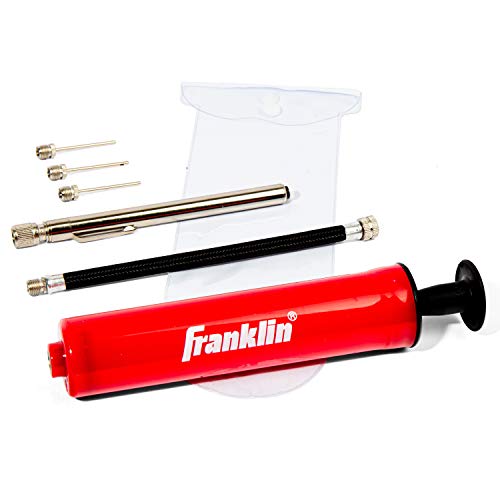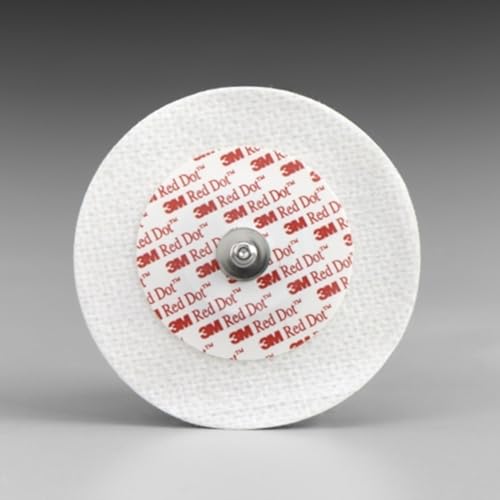Discover essential steps for setting up a 500-gallon diesel tank with pump. Includes installation, maintenance, and safety guidelines to ensure your system runs smoothly.
Tank Size & Capacity
500 Gallon Volume
When considering a tank size for your storage needs, you might wonder if a 500-gallon capacity is sufficient or too much. Imagine a tank as a giant container, much like a water cooler in your office – it holds the essential liquid that keeps things running smoothly. In this case, the liquid is fuel, and the container is our 500-gallon tank.
This size strikes an excellent balance between storage capacity and practicality. A 500-gallon tank can comfortably accommodate several days or even weeks of usage, depending on your daily consumption rate. It’s like having a large pantry in your kitchen – just enough to keep you stocked without overcrowding the space.
Think about it this way: If you’re running a small business and need consistent fuel supplies, a 500-gallon tank provides ample room for storage while remaining manageable. This volume is also ideal for residential use, ensuring that you always have a reliable supply of fuel on hand.
Moreover, the larger capacity offers some flexibility in terms of timing. You can plan your refills more strategically without worrying about running out too quickly. It’s like having a buffer zone between your current stock and what you need to purchase next – giving you peace of mind and reducing stress around fuel management.
Installation Requirements
Pump Compatibility
When it comes to ensuring your fuel system operates smoothly, pump compatibility is a crucial factor. Have you ever wondered how different pumps might interact with your tank? Just like choosing the right tire for your car—each has its unique fit and function—pumps are designed to work best with specific fuel tanks.
For instance, consider the type of pump you’re using. Is it a low-pressure or high-pressure system? Low-pressure pumps are generally easier on your overall setup but may not be as efficient. On the other hand, high-pressure pumps offer better performance and reliability, making them suitable for larger installations. Do your research to find a pump that matches both your fuel tank’s specifications and your operational needs.
Fuel Filters
Maintaining clean fuel is paramount in any installation, and this is where fuel filters come into play. Think of these filters as the air purifiers of your fuel system—just like how you wouldn’t want dust to clog up the air filter in your home or car’s ventilation system, fuel filters ensure that contaminants don’t reach your engine.
There are two main types: inline filters and suction-side strainers. Inline filters are typically used for high-pressure systems, providing a fine mesh to trap small particles of debris. Suction-side strainers, on the other hand, offer a coarser filtering solution, often used in low-pressure systems or as a pre-filter before an inline filter.
Regularly replacing your fuel filters is essential; imagine trying to run a marathon with dirty lungs—it’s not going to be pleasant! By keeping these filters clean and up-to-date, you ensure the longevity of your engine and the efficiency of your fuel system.
Venting System
A properly installed venting system is like having an escape route in a crowded theater—crucial for safe and effective operation. The venting system allows air to enter or exit the tank as needed, ensuring that the pressure inside the tank remains balanced with the outside atmosphere.
Imagine a bottle sealed tightly; if you shake it, the air can’t move freely, creating an imbalance. Similarly, in fuel tanks, unchecked pressure changes can cause issues such as vapor lock—a condition where the fuel system’s temperature and pressure get so high that the fuel turns into a vaporous state, making it difficult to start your engine.
A well-designed venting system includes vents at strategic locations on the tank. Some tanks come with built-in breather valves or overflow valves, which automatically adjust to maintain the right balance of air in and out. Ensuring these components are installed correctly is key to preventing any operational disruptions.
By paying attention to pump compatibility, fuel filters, and venting systems, you’re setting your installation up for success. Each component plays a vital role in maintaining the efficiency and safety of your overall system—much like ensuring every part of a well-oiled machine works harmoniously together.
Maintenance Tips
Regular Cleaning
Regular cleaning is like giving your tank a spa day. Just as you wouldn’t leave grimy grime on your skin for days, it’s important to keep your fuel system clean and free of dirt and debris. Dirt can accumulate in your tank over time, leading to clogs and potentially affecting the quality of the fuel. A good cleaning routine involves using appropriate cleaners that won’t damage the tank’s internal surfaces. It’s also a wise idea to check for any visible signs of rust or corrosion during these inspections.
Leak Checks
Leak checks are akin to regular oil changes in your car—important and necessary but often overlooked until it’s too late. Ensuring there are no leaks is crucial as even the smallest hole can lead to significant fuel loss. Regularly inspect all connections, hoses, and seals for any signs of wear or damage. A good practice is to perform these checks both visually and with the use of soapy water to identify potential leak points. Early detection not only saves you money on fuel but also prevents more severe issues from arising.
Rust Prevention
Rust prevention is like protecting your car’s exterior from the ravages of winter. Just as you might apply wax or a protective coating to keep your vehicle looking new, it’s essential to prevent rust in your fuel tank by keeping it dry and clean. Regularly check for any signs of water intrusion, as moisture can accelerate the corrosion process. Using a dehydrating fuel treatment is like putting on sunscreen—it helps shield your tank from harmful elements. Additionally, sealing small cracks or patches with appropriate sealants can act as a barrier against rust formation, ensuring your tank stays in top condition for years to come.
Safety Measures
Fire Hazards
When handling fuel tanks, fire hazards are an ever-present concern. Just like how a flickering candle can easily catch the attention of a draftsman, even small sparks or static electricity can ignite flammable vapors in and around your tank. To prevent such accidents, always ensure that there is proper ventilation to reduce the risk of vapor buildup—similar to ensuring windows are open when cooking to avoid smoke.
Grounding Electrodes
Imagine grounding electrodes as the lifeline between your fuel tank and the earth itself, much like how a lighthouse guides ships through stormy seas. Proper grounding reduces the risk of static electricity discharges that can ignite fuel vapors or cause damage to sensitive equipment. Make sure the grounding system is regularly inspected by a professional, as even the tiniest connection issue could lead to significant problems down the line.


